| Han Dynasty of China: A Chinese Golden Age, 206 B.C.E.-220 C.E. |
|---|
| www.studenthandouts.com ↣ World History ↣ Ancient East Asia ↣ Ancient East Asia Outlines & PPTs |
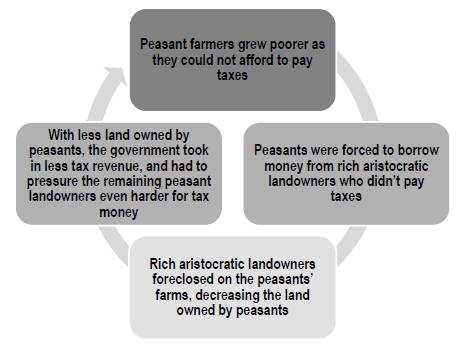 I. Historical setting of the Han
I. Historical setting of the Hana. Followed the Qin dynasty i. 221-206 B.C.E. ii. Qin ended in rebellion and civil war due to weak ruler and unrest (206-202 B.C.E.) b. Han dynasty was China’s second imperial dynasty i. 206 (or 202) BCE-220 CE 1. Over 400 years c. Followed by the Three Kingdoms i. 220-265 C.E. II. Liu Bang—Emperor Gaozu of Han a. Civil war i. Two strong leaders 1. Xiang Yu (aristocratic general) 2. Liu Bang (peasant-class general under Xiang Yu) b. 202 BCE i. Liu Bang beat Xiang Yu for good 1. Liu Bang declared start of Han dynasty III. Two periods of the Han dynasty a. Former Han i. Also called the Western Han ii. 206 B.C.E.-9 C.E. b. Interrupted by the Xin dynasty i. Under Wang Mang ii. 9-23 C.E. c. Later Han i. Also called the Eastern Han ii. 25-220 C.E. IV. Government under the Han a. Centralized government i. Capital cities 1. Chang'an a. 206 B.C.E.-9 C.E. (all of the Former, or Western, Han) and 190-195 C.E. (Later, or Eastern, Han) 2. Luoyang a. 25-190 C.E. and 196 C.E. (most of the Later, or Eastern, Han) 3. Xuchang a. 196-220 C.E. (very end of the Later, or Eastern, Han) b. Lowered taxes c. Less harsh punishments V. Empress Lu a. One of Liu Bang's widows b. Retained power by naming various children as emperor in turn c. Example of power gained through the manipulation of court politics i. Families vied for power ii. Alliances among powerful and influential people VI. Wudi—the martial emperor a. Wudi lived 147-87 B.C.E. b. Used warfare to expand the Chinese empire i. Northern steppes 1. Xiongnu—steppe nomads from the north and west 2. Commonly raided Chinese villages 3. Traditionally kept at bay through bribery 4. Wudi made allies of the Xiongnu's enemies and sent in 100,000 soldiers 5. Pushed the Xiongnu back 6. Settled soldiers on former Xiongnu lands 7. But the nomads of the steppes provided ongoing conflict ii. Modern-day Korea, Manchuria, Vietnam, etc. 1. Conquered and colonized c. Borders under Wudi nearly what they are today, etc. (continues for several pages) Click here to print. Click here for a PowerPoint version of this outline. |
 | 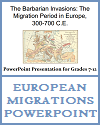 | 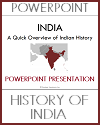 | 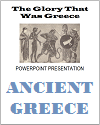 | 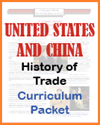 |  |
| Ancient East Asia Books and Films | Ancient East Asia Outlines and PowerPoints |
| Ancient East Asia Maps and Pictures | Ancient East Asia Study Games |
| Ancient East Asia Miscellany | Ancient East Asia Worksheets |
| www.studenthandouts.com ↣ World History ↣ Ancient East Asia ↣ Ancient East Asia Outlines & PPTs |








